
New York Native Plants: Essential Guide to Local Flora
New York native plants are essential for sustaining local ecosystems. They provide food and shelter for wildlife while helping to maintain soil health. Incorporating native
Please be aware that all shipping will be suspended on December 22 and will resume January 5. Dismiss
Skip to contentGround shipping is currently paused. Local deliveries throughout Long Island will continue as usual. Pre-orders for fall are now open. Non-local orders will begin shipping again in early September. Click here to learn more.

Cardinal flowers are striking plants that add a pop of vibrant red to gardens and natural areas. These tall, slender perennials bloom in late summer and early fall. Cardinal flowers attract hummingbirds and butterflies with their bright tubular blossoms.

You can grow cardinal flowers in moist areas of your garden. They thrive near ponds, streams, and in rain gardens. The plants reach 2-4 feet tall and produce spikes of scarlet flowers.
Cardinal flowers are native to North America. You may spot them growing wild in wetlands and along waterways. Their bold color makes them easy to identify in nature. Consider adding these showy native plants to your landscape for a burst of late-season color.
Cardinal flower stands out as a striking native plant found across North America. Its vibrant red blooms and tall stature make it a favorite in gardens and natural areas alike.
Lobelia cardinalis is the scientific name for cardinal flower. It belongs to the bellflower family, Campanulaceae. This family includes over 2,000 species of flowering plants. Cardinal flower is one of about 415 species in the genus Lobelia. Botanists named it after Matthias de l’Obel, a Flemish herbalist.
Cardinal flower is an herbaceous perennial that grows 2-4 feet tall. Its leaves are dark green, lance-shaped, and 2-5 inches long. The plant’s most eye-catching feature is its bright red flowers. These grow in spikes at the top of tall stems. Each flower is tubular and has two lips. The lower lip has three lobes, while the upper lip has two.
Blooms appear from mid-summer to early fall. After flowering, the plant produces small capsules filled with tiny seeds. Cardinal flower spreads through both seeds and short rhizomes.
You’ll find cardinal flower growing wild across much of North America and parts of Central America. It thrives in moist to wet soils near streams, ponds, and wetlands. The plant prefers partial shade but can grow in full sun with enough moisture.
In its native range, cardinal flower plays an important role in local ecosystems. Its nectar attracts hummingbirds, which are key pollinators for the plant. Butterflies and bees also visit the flowers. Many gardeners plant cardinal flower to support local wildlife and add a splash of color to wet areas.
Cardinal flowers can thrive in gardens with the right care. You’ll need to pay attention to planting methods, soil conditions, and light exposure for best results.
Start cardinal flower seeds indoors 8-10 weeks before the last frost. Sow them on the surface of moist potting soil and press lightly. Don’t cover the seeds, as they need light to germinate. Keep soil moist until seedlings appear in 2-3 weeks.
You can also propagate cardinal flowers by division in spring. Dig up mature plants and separate the roots into smaller clumps. Replant these divisions quickly to prevent drying out.
For direct sowing outdoors, wait until soil warms in late spring. Scatter seeds on prepared soil and water gently. Thin seedlings to 12-18 inches apart when they’re a few inches tall.
Cardinal flowers prefer rich, moist soil. Mix in plenty of compost before planting to improve drainage and fertility. The soil pH should be slightly acidic to neutral, between 6.0 and 7.0.
Make sure the soil stays consistently moist. Add a 2-3 inch layer of mulch around plants to help retain moisture. Be careful not to let the soil dry out completely between waterings.
In pots, use a high-quality potting mix with good drainage. Add perlite or sand if needed to improve drainage. Water container plants more often, as they dry out faster than those in the ground.
Cardinal flowers grow best in full sun to part shade. In hot climates, they benefit from afternoon shade to protect from intense heat. Aim for at least 4-6 hours of direct sunlight daily.
In USDA hardiness zones 3-9, cardinal flowers can handle full sun if soil moisture is consistent. In zones 9-11, provide afternoon shade to prevent leaf scorch.
If growing indoors, place pots near a bright window. Use grow lights if natural light is limited. Rotate pots weekly to ensure even growth on all sides.
Cardinal flowers add beauty and attract wildlife to gardens. They thrive in wet areas and provide important benefits for the environment.
Cardinal flowers bring vibrant color to your garden with their striking red blooms. The tall flower spikes create vertical interest, reaching 2-4 feet high. You’ll enjoy clusters of tubular flowers that open from bottom to top along each stem. The deep green foliage forms an attractive base.
Pink and white varieties are also available if you prefer softer hues. These eye-catching plants work well as focal points or in groups. You can use them in borders, rain gardens, or near water features. Their long blooming period from mid-summer to fall provides color for weeks.
Your garden will come alive with activity when you plant cardinal flowers. Hummingbirds find the tubular blooms irresistible. The bright red color and shape are perfectly suited to attract these tiny birds.
Butterflies and bees also visit the nectar-rich flowers. This makes cardinal flowers an excellent choice for pollinator gardens. You’ll be supporting important wildlife while enjoying the show in your yard.
Consider adding cardinal flowers to butterfly gardens or hummingbird-focused plantings. They pair well with other native plants that appeal to pollinators.
Cardinal flowers offer more than just looks. You’ll be helping the environment when you include them in your landscape. These native plants are well-adapted to local conditions. This means they need less water and care once established.
In wet areas, cardinal flowers help absorb excess water. Their roots stabilize soil and prevent erosion. You can use them effectively in rain gardens or near ponds and streams. They also thrive in wet meadows or low spots in your yard.
By choosing cardinal flowers, you’re creating habitat for local wildlife. This supports biodiversity in your area. Native insects and birds rely on these plants for food and shelter.
Cardinal flowers can be grown from seeds or divided to create new plants. They need regular care to thrive and bloom year after year. Let’s look at how to propagate and maintain these striking wildflowers.
Cardinal flower seeds are tiny and need light to germinate. Sow them on the soil surface in late fall or early spring. Keep the soil moist but not waterlogged. Seeds usually sprout in 2-3 weeks.
For best results, start seeds indoors 8-10 weeks before the last frost. Use a sterile seed-starting mix and barely cover the seeds. Place them under grow lights or in a bright window. Transplant seedlings outdoors after the danger of frost has passed.
Cardinal flowers self-sow easily in the garden. Let some flowers go to seed at the end of the season if you want more plants next year.
Divide cardinal flowers every 3-4 years to keep them healthy and prevent overcrowding. Do this in early spring when new growth appears.
Here’s how to divide cardinal flowers:
Each division should have several healthy stems and roots. Space new plants 1-2 feet apart. Water them well after transplanting and mulch to retain moisture.
Cardinal flowers need consistent moisture to thrive. Water them deeply once a week if rain is scarce. Add a 2-inch layer of mulch around plants to keep roots cool and moist.
Prune cardinal flowers after the first bloom to encourage a second flush of flowers. Cut the stems back by one-third. Remove dead or damaged leaves as needed throughout the growing season.
Fertilize cardinal flowers in spring with a balanced, slow-release fertilizer. Don’t overfeed, as this can lead to weak, floppy growth. Instead, focus on providing rich, organic soil.
Cardinal flowers face some challenges from pests and diseases. Proper care helps keep these plants healthy and thriving in your garden.
Slugs and snails can damage cardinal flowers. These slimy creatures chew holes in leaves and stems. Check your plants often, especially in damp weather.
You can protect your flowers by:
Aphids may also bother cardinal flowers. These tiny insects suck plant sap and stunt growth. Spray affected plants with water to knock aphids off. For bad cases, try insecticidal soap.
Cardinal flowers are pretty tough, but they can get sick. Fungal diseases like root rot can happen if soil stays too wet. Make sure your plants have good drainage.
Powdery mildew might show up as a white powder on leaves. This fungus likes humid conditions. To prevent it:
Cardinal flowers resist most pests and diseases when grown in the right conditions. Give them what they need, and they’ll stay strong.
Cardinal flowers are toxic if eaten. All parts of the plant contain poisonous compounds. Keep kids and pets away to be safe.
Symptoms of poisoning can include:
Wear gloves when handling cardinal flowers to avoid skin irritation. Wash your hands after working with these plants.
While beautiful, cardinal flowers need careful handling. Enjoy their looks from a distance. If you suspect poisoning, call poison control right away.
Cardinal flowers come in several types. Gardeners can choose from native species and specially bred plants. Here’s what you need to know about the main varieties and how new ones are created.
You’ll find a range of cardinal flower varieties to suit your garden. ‘Queen Victoria’ is a classic choice with deep red blooms. For a change of color, try ‘Alba’ with its pure white flowers. ‘Black Truffle’ offers dark foliage that contrasts nicely with red blossoms. If you prefer pink, look for ‘Rosea’ or ‘Angel Song’.
These plants vary in height and bloom time. Some grow taller, while others stay compact. You can pick early, mid-season, or late-blooming types to extend the flowering period in your garden.
Plant breeders create new cardinal flower types through hybridization. This process mixes traits from different plants. The goal is to make flowers with new colors, better growth, or unique features.
Hybrid cultivars often have improved qualities. You might find plants that are more disease-resistant or bloom longer. Some hybrids are sterile, which means they won’t spread seeds in your garden.
Breeders keep working to develop new cardinal flower varieties. You can expect to see more options in the future. These may include new flower colors or plants that grow well in different climates.
Cardinal flowers add vibrant color and attract pollinators to gardens. They thrive in moist areas and work well in various garden styles.
You can use cardinal flowers in water gardens, butterfly gardens, and cottage gardens. They shine in moist areas like swamps and bogs. Plant them near ponds or streams for a stunning display.
In shade gardens, cardinal flowers provide a pop of color. Their bright red blooms stand out against green foliage. You can also include them in pollinator gardens to attract hummingbirds and butterflies.
Cardinal flowers pair well with other plants that like moist soil. Try planting them with ferns, hostas, or astilbes. These companions create a lush, natural look.
In butterfly gardens, mix cardinal flowers with other nectar-rich plants. Coneflowers, black-eyed susans, and bee balm are good choices. This combo will bring in lots of butterflies and hummingbirds.
For areas with poor drainage, pair cardinal flowers with sedges or rushes. These plants all do well in wet soils. Together, they can help solve drainage issues while looking great.
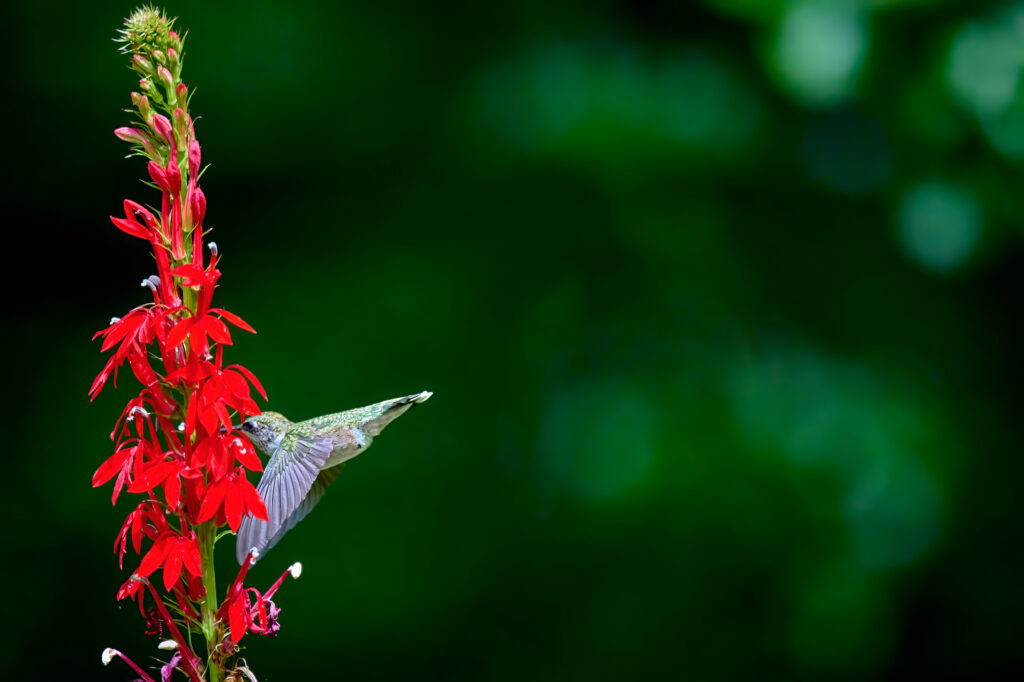
The cardinal flower faces some threats but has also gained recognition for its beauty. Conservation efforts aim to protect this striking native wildflower in its natural habitats.
Cardinal flowers are not currently endangered. Their population is stable in many areas. But they face risks in some places. Wetland loss is a big problem. It destroys the moist habitats these plants need.
Deer also eat cardinal flowers. This can hurt local populations. Some states list the plant as threatened or of special concern. Groups work to protect wetlands where cardinal flowers grow. You can help by planting them in your garden.
The cardinal flower has won praise from gardeners and plant experts. The Royal Horticultural Society gave it the Award of Garden Merit. This honor goes to outstanding garden plants.
Many native plant societies recommend cardinal flowers. They praise its beauty and value to wildlife. The plant attracts hummingbirds and butterflies to gardens.
You’ll often see cardinal flowers in wildflower guides and nature books. Their bright red blooms make them a favorite subject for photographers and artists.
Cardinal flowers have some unique characteristics and growing requirements. Here are answers to common questions about these striking red wildflowers.
Cardinal flowers spread through seeds and by forming clumps. The tiny seeds are dispersed by wind and water. The plants also multiply by growing offsets at the base of the main stem.
Cardinal flowers usually grow 2-4 feet tall. The flower spikes can reach up to 8 inches long. The plant spreads about 1-2 feet wide at maturity.
Cardinal flowers bloom from July to September in most regions. The bright red flowers appear on tall spikes for several weeks during late summer and early fall.
Cardinal flowers can grow in full sun if they have consistently moist soil. They prefer partial shade in hotter climates. Morning sun and afternoon shade often work well for these plants.
Cardinal flowers need rich, moist soil. They grow best in wet areas near streams or ponds. Good drainage helps prevent root rot. Adding organic matter improves the soil for these moisture-loving plants.
Cardinal flowers are not considered invasive in their native range. They’re native to North America and don’t aggressively spread. The plants can self-seed but don’t typically become a nuisance in gardens.

New York native plants are essential for sustaining local ecosystems. They provide food and shelter for wildlife while helping to maintain soil health. Incorporating native

Rose milkweed is a beautiful native plant that can add color and life to your garden. This perennial flower, also known as Asclepias incarnata, grows
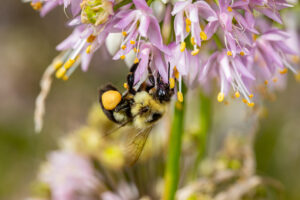
Nodding onion plant is a charming native plant found across North America. Its drooping pink or white flower clusters add a whimsical touch to gardens

Lupinus perennis, known as wild lupine, is a stunning native wildflower of eastern North America. This perennial plant adds a splash of color to meadows
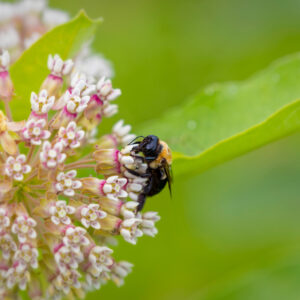

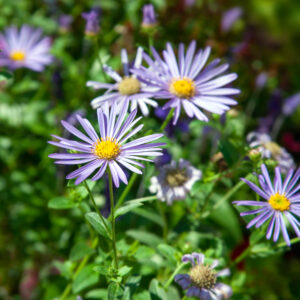
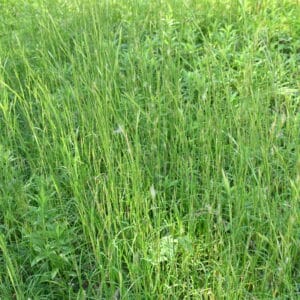

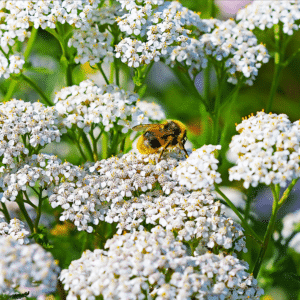
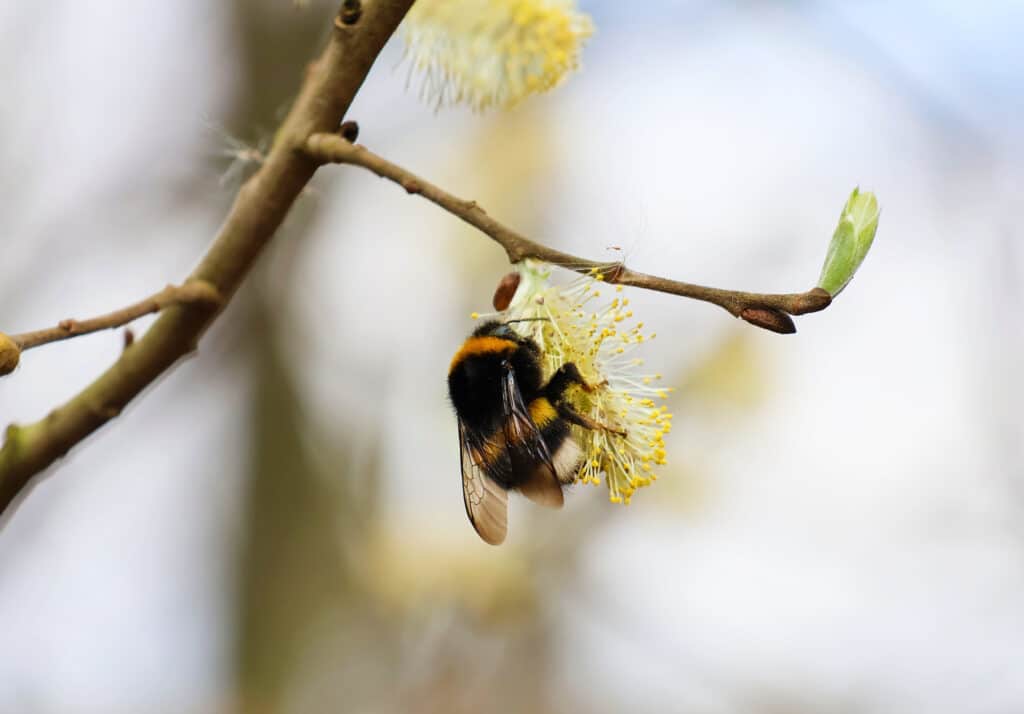
Only Local Delivery Available (Long Island & Queens)
Ground Shipping Paused
To protect our plants from extreme summer heat, we’ve paused nationwide ground shipping to avoid any damage during transit.
Local Delivery Only
We’re still delivering locally to Long Island and Queens, so nearby customers will continue to receive orders as usual.
Fall Pre-Orders Are Open Nationwide!
We will resume normal shipping for non-local orders placed during the pause in early September.
Thank you for your support and understanding—we’re looking forward to growing with you this fall!

Shipping Paused
Please be aware that all shipping will be paused on December 22.
Any orders placed after that time will be fulfilled when we resume operations in January 2025.